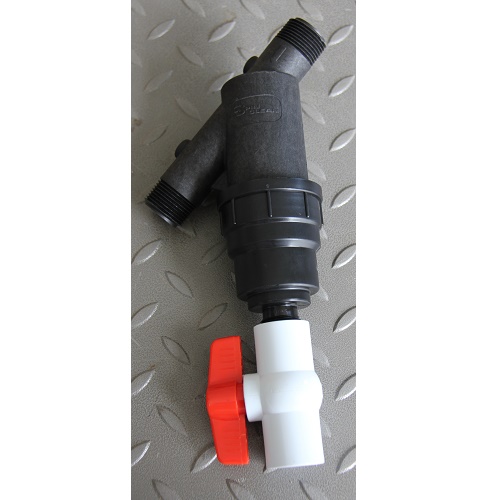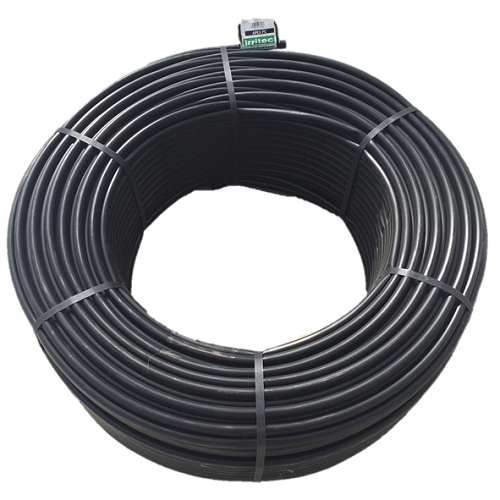A PVC wafer valve (sometimes called a wafer-style butterfly valve) is a type of flow control valve made from PVC that is designed to fit between two pipe flanges rather than having threaded or glued (socket) ends. In irrigation systems, it’s commonly used to open or shut off flow in larger pipe lines—usually 2″ and up.
How It Works
Inside the valve, there’s a circular disc (the “butterfly”) connected to a handle.
Because it mounts between flanges, it’s low-profile and easy to remove for maintenance.
Where You See It in Irrigation
PVC wafer valves are common in:
-
Mainline shut-offs at pump stations
-
Filter stations (before or after sand or media filters)
-
Control valve manifolds on larger systems
-
Pivots and solid-set systems where the line size is 3″–8″
They’re especially popular in commercial, agricultural, and greenhouse irrigation where durability and cost-efficiency matter.
Key Features
| Feature |
Why It Matters |
| PVC Construction |
Resists corrosion & many fertilizers/chemicals. |
| Wafer Design |
Bolts between flanges—compact, simple to replace. |
| Quarter-Turn Handle |
Easy to operate—fast open/close. |
| Large Diameter Compatible |
Works well in 2″–12″+ lines common in farms. |
Benefits
-
Lightweight compared to metal valves
-
Cost-effective for large pipe diameters
-
Low maintenance (no internal springs or diaphragms)
-
Smooth flow when open
Drawbacks / Things to Be Aware Of
-
Not ideal for throttling/flow control — best for open/close use
-
PVC can warp or crack if exposed to high heat or high sunlight load without UV stabilization
-
Needs flanges to install — not a slip-in valve
If someone tries to “partially open” it to control flow over long periods, the disc and seals can wear faster.





